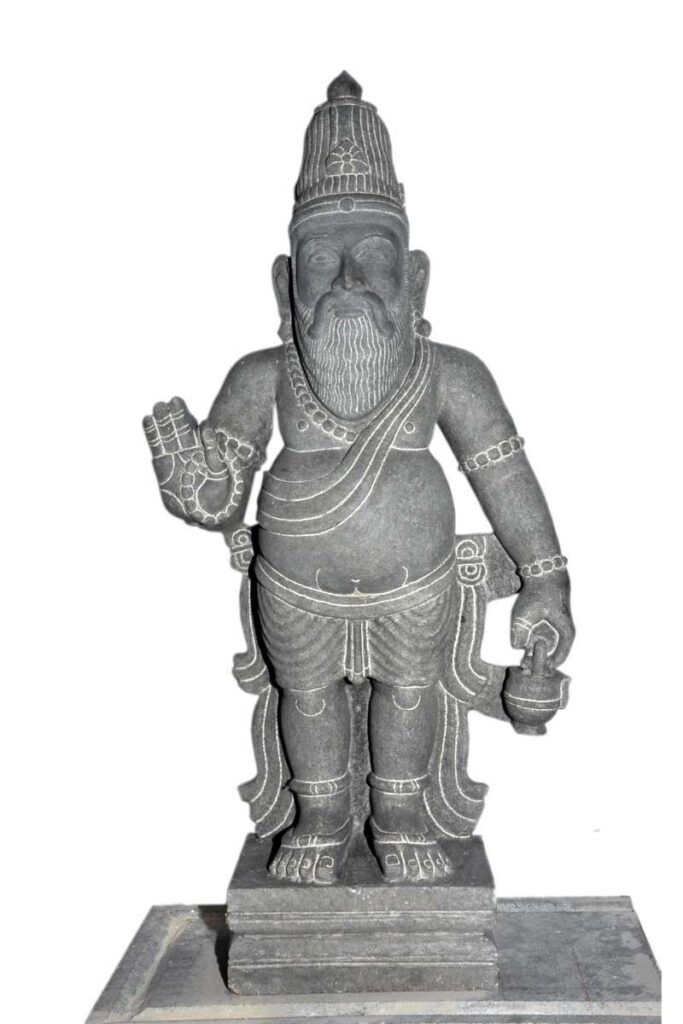Agasthiyar’s Tattuvam-300
Sri Sri Ravishankar gave me an assignment, sometimes back to translate certain works of Agasthiyar and Bhogar both of who belong to the Siddhar tradition. Until then I did not realize the importance of ancient Tamil texts as a treasure house of integrated Indic knowledge. Siddhars and Munis had continued spiritual quest in the mountains of South India for several millennia and had brought out practical wisdom in the form of Siddha medicine. There is a lot more to Siddhar texts than herbology. They for example elucidate the building blocks or Tattvas which are common among different traditions in ancient India.

Agasthiyar compares all extant philosophies of the Indian subcontinent. Besides he does this through a handful of verses in his work Tattuvam-300. He achieves this by referring to the methodology of Tattvas. I had thought the Tattva methodology to be unique to Sanskrit texts called Darshanas. However, in reality, the Indian subcontinent has nurtured parallel systems of thought for eons. Therefore, scholars needed a standard way to communicate and understand each other’s philosophies. They had achieved this by following the science of Tattvas.
Chinese travelers to medieval India confirm the above fact. They note in their travel journals that students studied the language of Tattvas in universities like Nalanda. The language of Tattvas is invaluable for modern scholars in another way. Quantum Science and biology struggle with the subject of consciousness. Siddhars and Yogis were way ahead in the discoveries of different states of consciousness. They used the language of Tattvas to document their understandings about consciousness.
Tattuvam-300 and Synergy among traditions
The common thread across Indian traditions is the belief in a supreme entity with a personal choice of practices. The goal of all practices however is the union of individual consciousness with cosmic consciousness. On the one end are Yogic practices which assume the supreme to be formless. On the other end are Vedic practices which emphasize the worship of forms. Each tradition explains the underlying separation between individual and cosmic consciousness uniquely. The synergy among traditions however becomes obvious in light of the language of Tattvas.
முத்தான ஆகமத்தி னெறியில் நிற்கும்
முறைசைவம் பாசுபதம் மகாவிரதத் தோடு
சித்திசேர் காளமுகம் வாமம் வைரவமும்
சித்தாந்தத் துடன்சமைய மீதாறு பேர்க்கும்
தத்துவந்தான் முப்பத்தி ஆற தாகும்
தனித்துமறை நெறி நிற்கும் நியாயவை சேடிகமும்
சத்தான பாட்டமுடன் வைணவமீ மாங்சம்
சாங்கியம்பிர பாகரமும் புறச்சமைய மாறே (111)